Title: “COOKING with Elizabeth Craig”
Publisher: Collins
Year: 1950
Pages: 383
Title: “COOKING with Elizabeth Craig”
Publisher: Collins
Year: 1950
Pages: 383
Elizabeth Craig (16th February 1883 – 7th June 1980) was a famous Scottish journalist, home economist and food writer. As a child, she loved cooking for her family and began to collect her first recipes at twelve. Today is regarded as one of the most influential food writers of the 20th century.
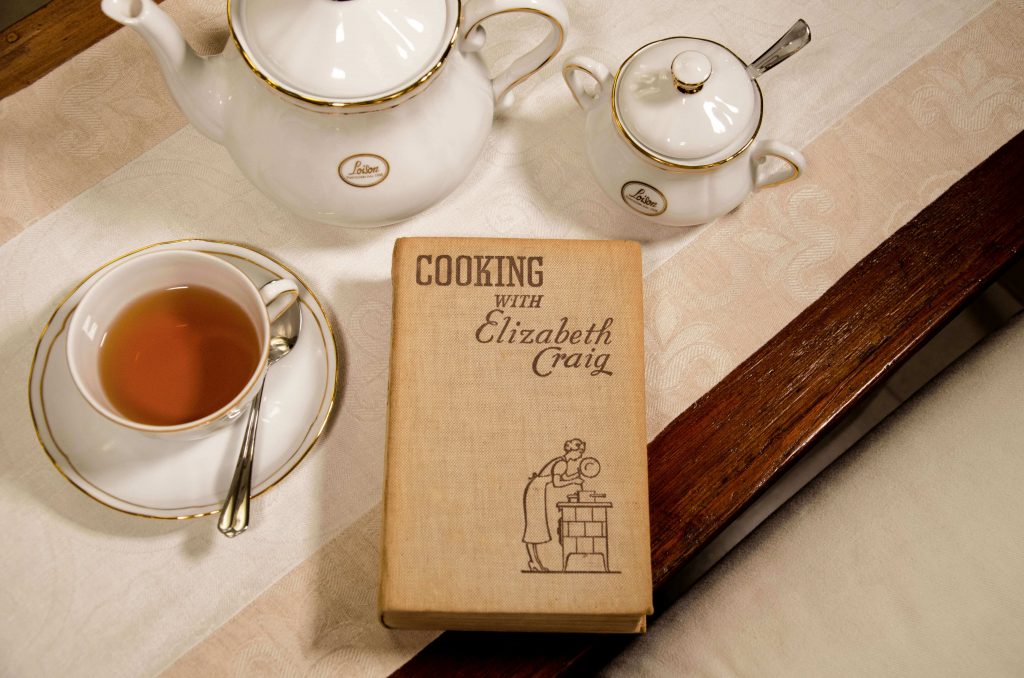
Craig’s career started in Dundee, where she studied journalism. Her first article about cooking featured in the Daily Express in 1920. According to the Daily Mail editor, she was “the only woman who could cook in Fleet Street.”
Rationing laws were severely impacting the British society during WWII. Food supply and distribution had considerably slowed down when Craig began to be known. Soon she became a role model for many women who were facing the challenge of cooking with very limited means and supplies everyday.
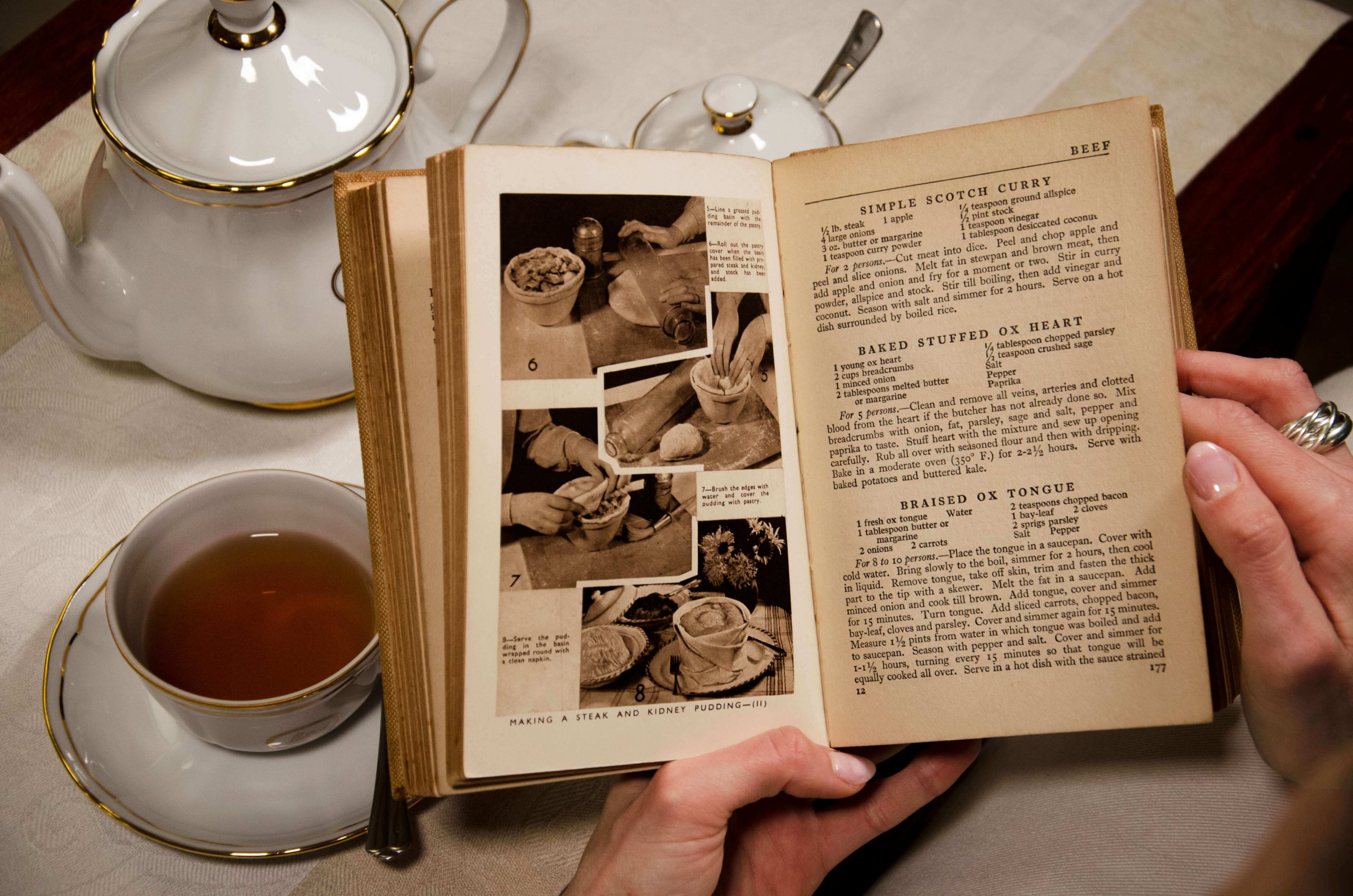
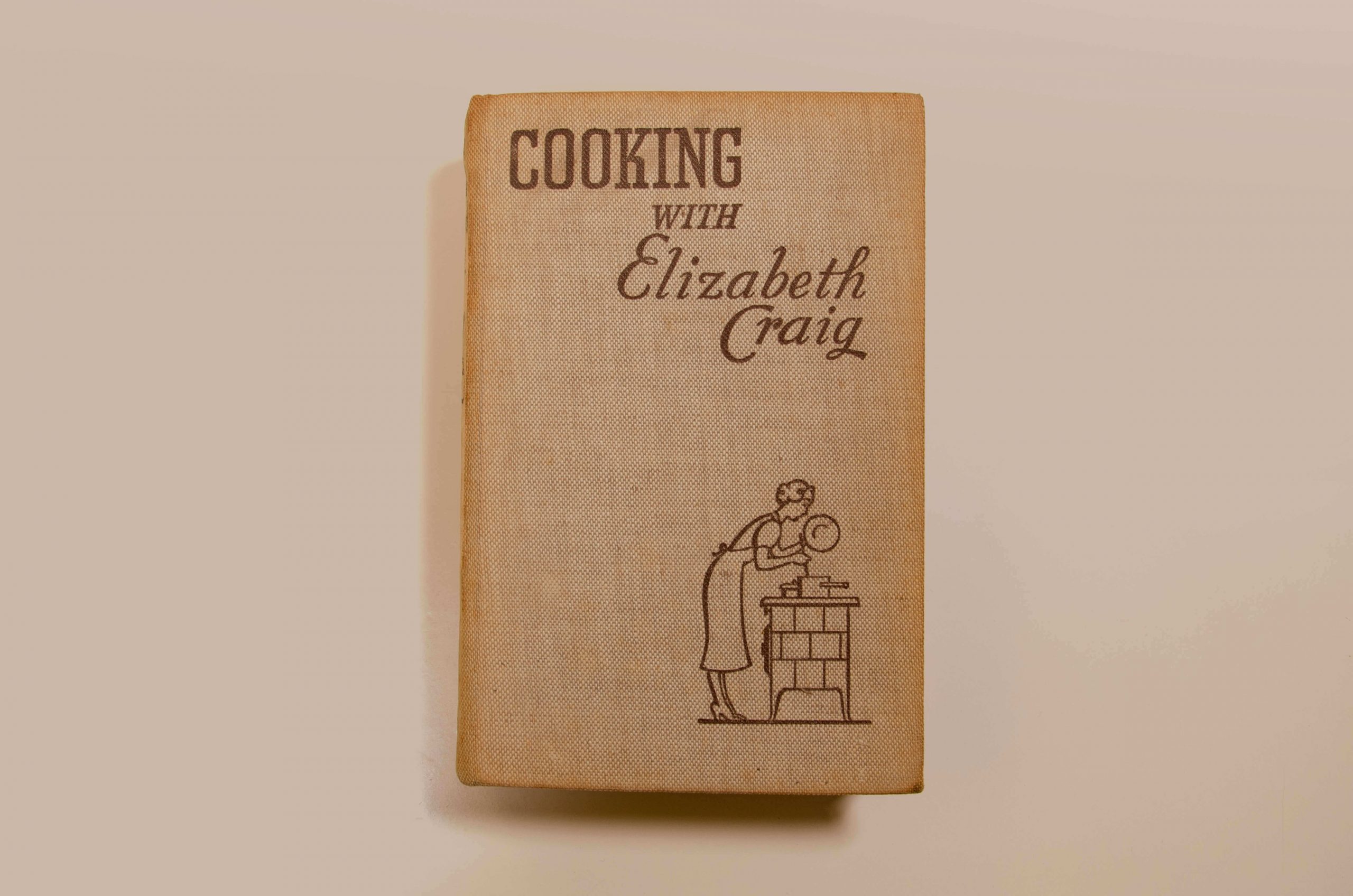
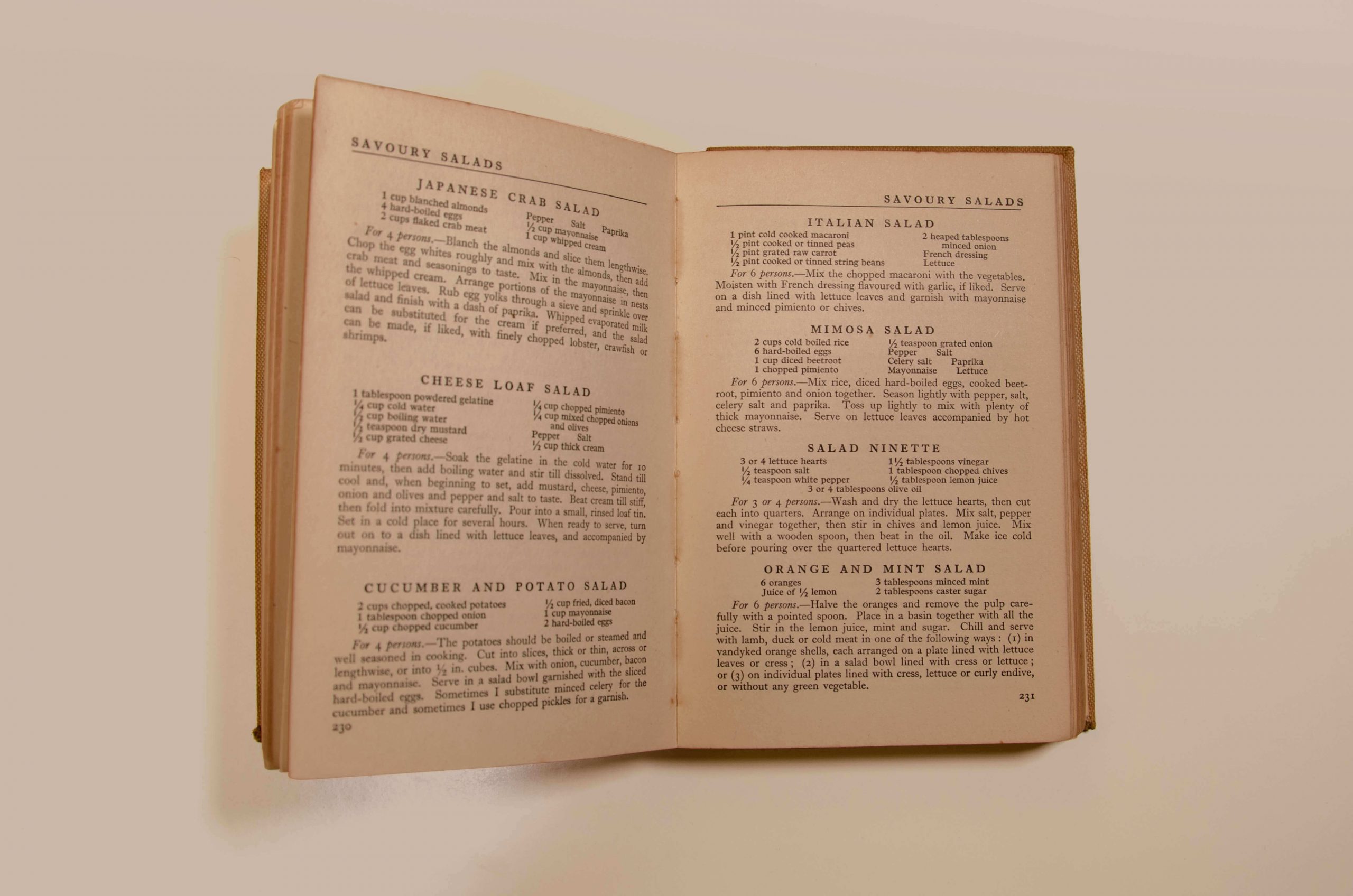
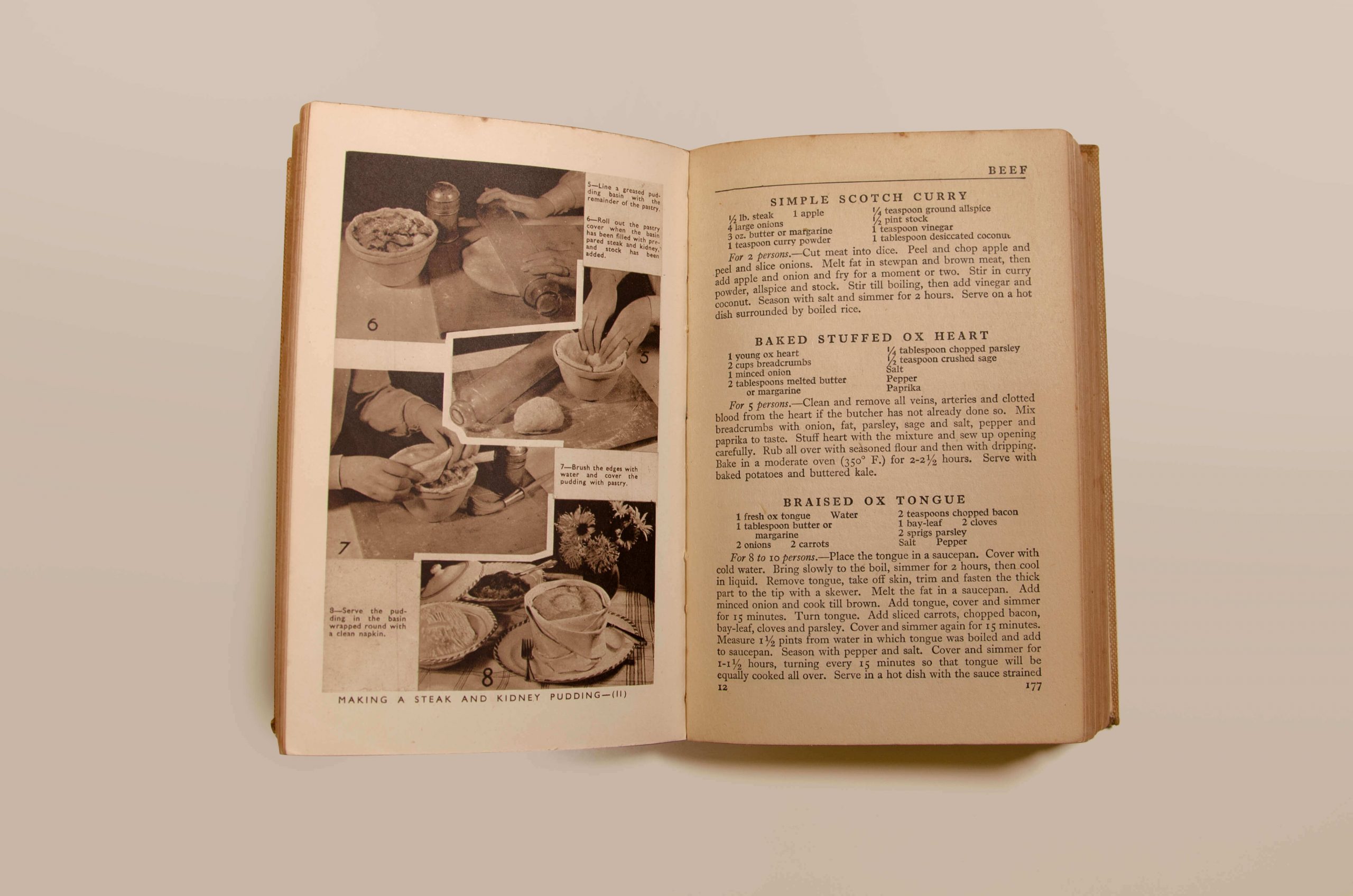
The copy of “Cooking with Elizabeth Craig” (Collins, 1950) that we keep in our library at the Loison Museum represents a unique example of culinary literature. Not only does this book attest the presence of dynamic women writers in the 20th century publishing industry but also, it highlights the evolution of the relationship between food and social conventions related to it. Elizabeth Craig’s work becomes a reference point for many women. She shares recipes, cooking tips and curious anecdotes about food.
Elizabeth Craig asks her readers to consider her book a collection of experiences rather than a gourmet cooking guide. Each chapter of “Cooking with Elizabeth Craig” is different and discloses valuable culinary secrets for everyone; for example, in “Menu building” the author does not only give an explanation about nutrients such as carbohydrates, fats, proteins and minerals, but also explains how to combine and match these nutrients in balanced and refined menus. Certainly, this was a very innovative way to describe the process of meal preparation in the 1950s.
“Cooking with Elizabeth Craig” may look like today’s cooking manuals. However, it offers useful tips on how to process and cook different ingredients, how to serve a meal and, last but not least, save time and fatigue when you are cooking.